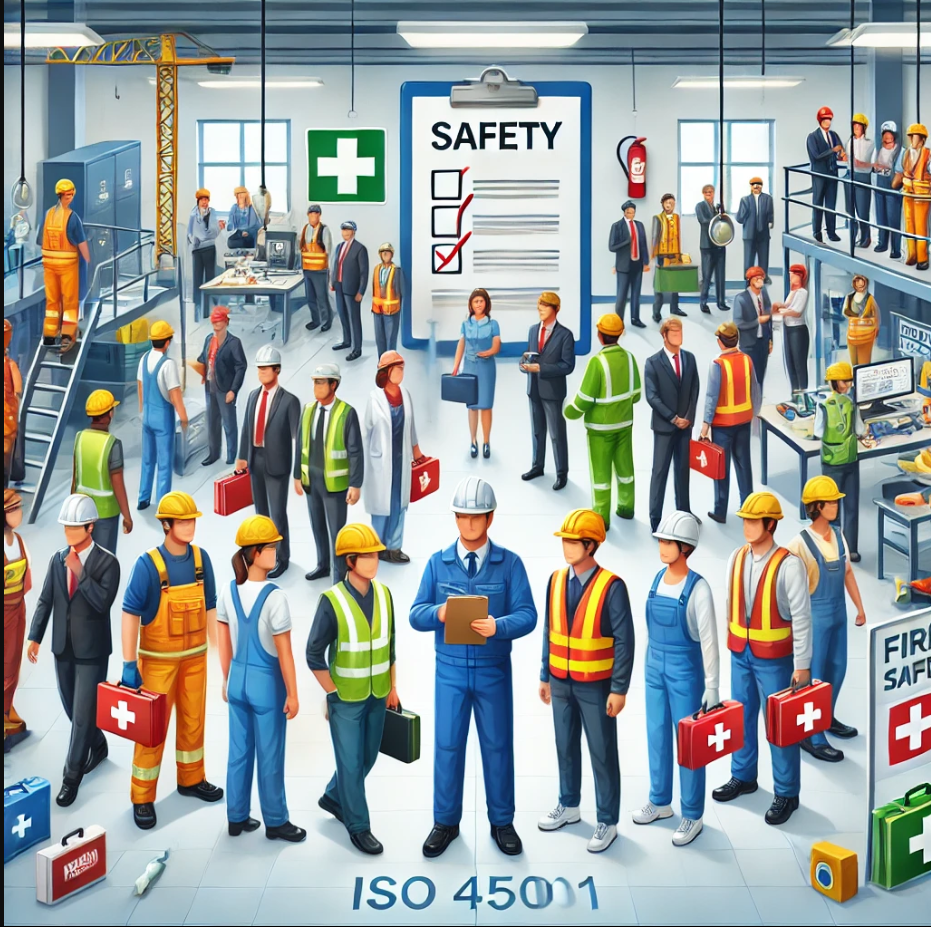
About Course
Course Content and overview :
- Introduction to Occupational Health and Safety:
- Principles and Concepts: Basic principles of OHS, including the importance of health and safety in the workplace.
- Risk Assessment and Management:
- Hazard Identification: How to identify potential hazards in the workplace.
- Risk Assessment: Techniques for evaluating the risks associated with identified hazards.
- Control Measures: Strategies to mitigate or eliminate risks, including engineering controls, administrative controls, and personal protective equipment (PPE).
- Workplace Safety Practices:
- Emergency Preparedness: Procedures for responding to emergencies, including fire drills, evacuation plans, and first aid.
- Safety Protocols: Best practices for maintaining a safe work environment, including ergonomics, safe handling of hazardous materials, and machinery safety.
- Health and Well-being:
- Occupational Health Issues: Common health issues related to specific industries, such as respiratory conditions, musculoskeletal disorders, and stress.
- Promoting Well-being: Strategies for promoting mental and physical health among employees.
- Incident Investigation:
- Accident Investigation: Procedures for investigating workplace accidents and incidents to determine causes and prevent recurrence.
- Reporting: How to properly document and report incidents.
- Compliance and Best Practices:
- Compliance Requirements: Understanding and adhering to legal and regulatory requirements.
- Continuous Improvement: Techniques for improving safety practices and creating a culture of safety within the organization.
Format and Duration:
- Duration: Short courses typically range from a few days to a few weeks, depending on the depth of the content and the format.
Format: The course may be delivered in various formats, including in-person classes and online modules
Student Ratings & Reviews
Yes,this course it was a good match for me